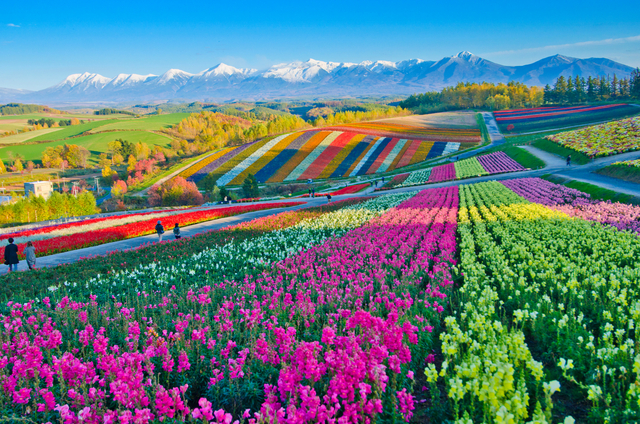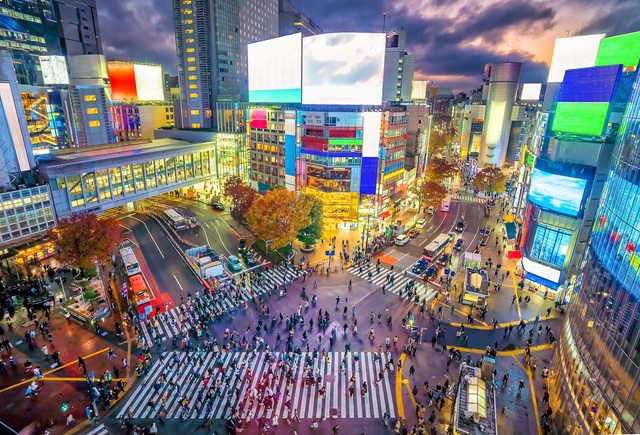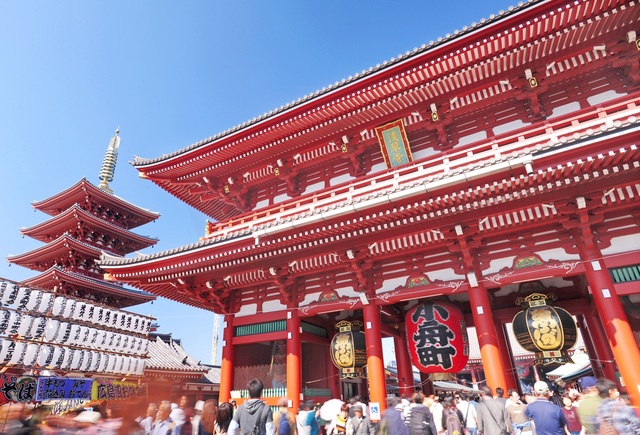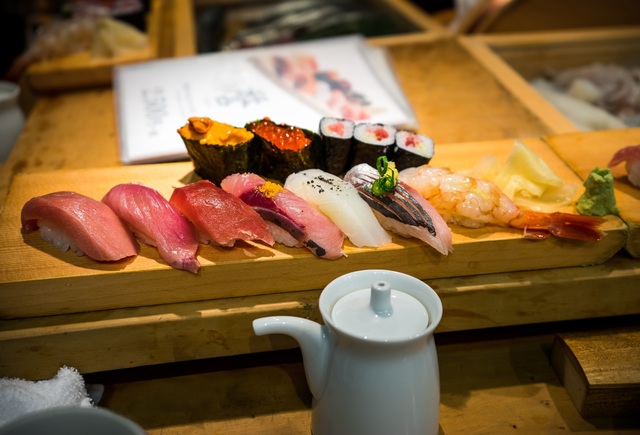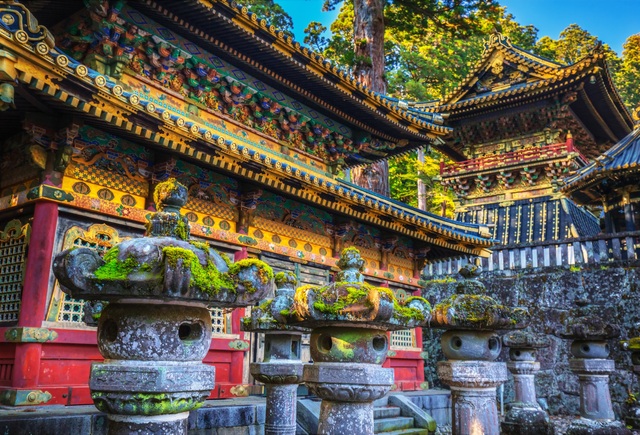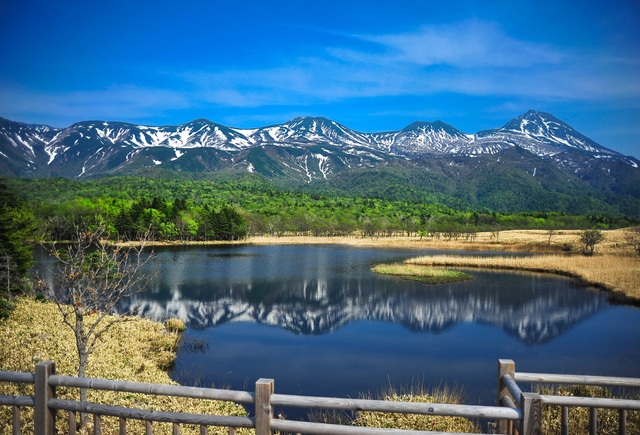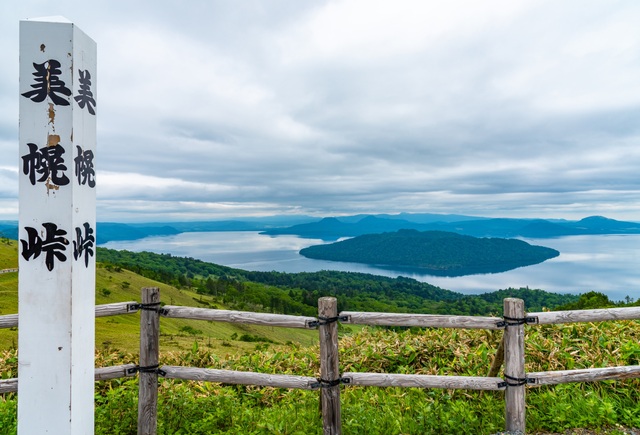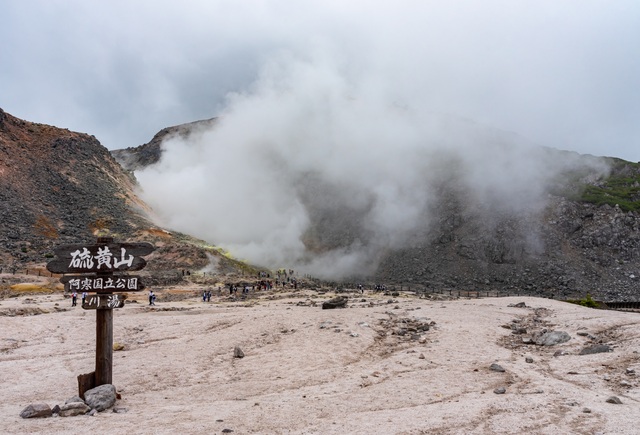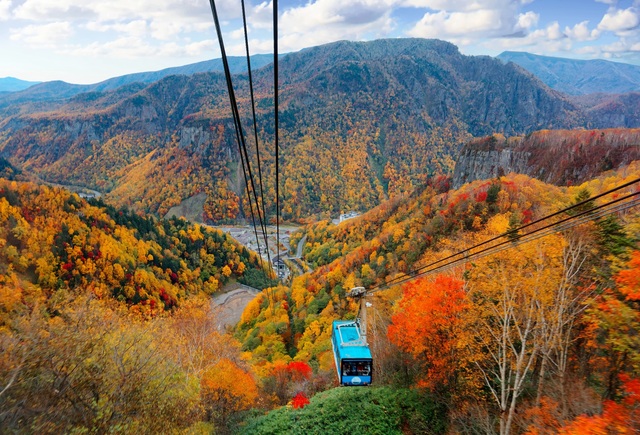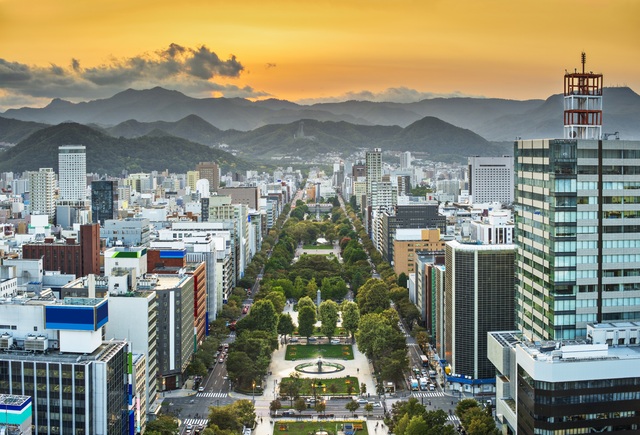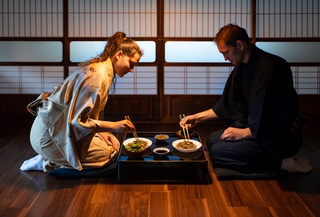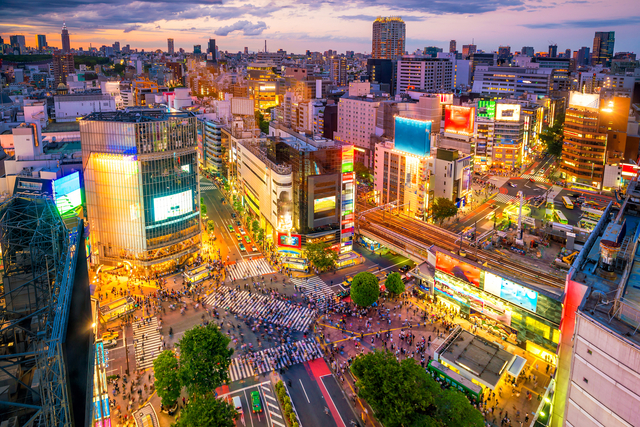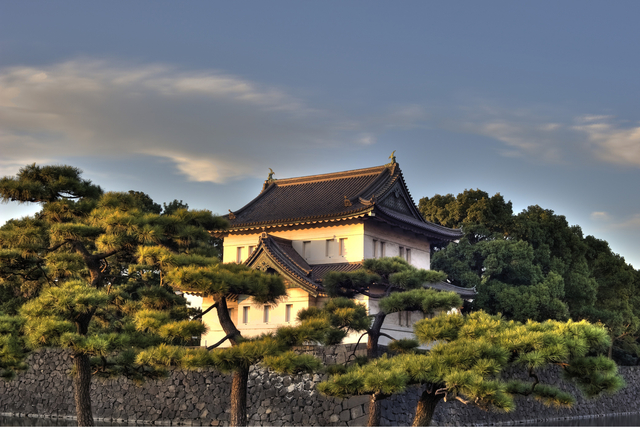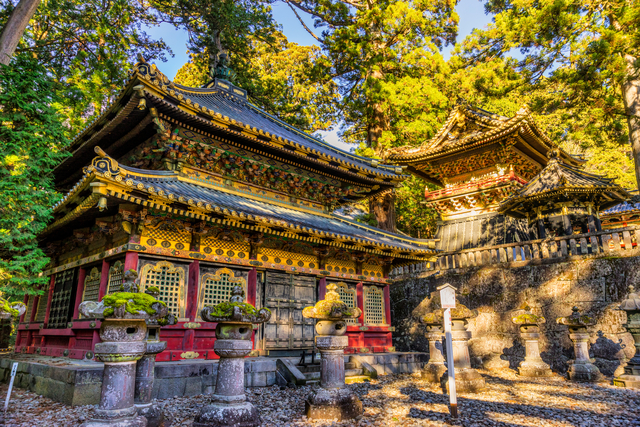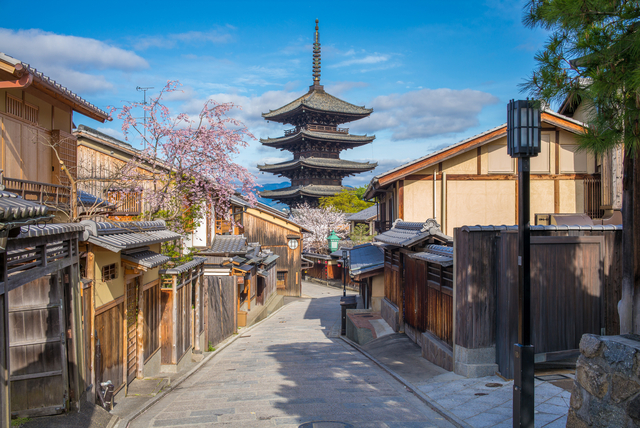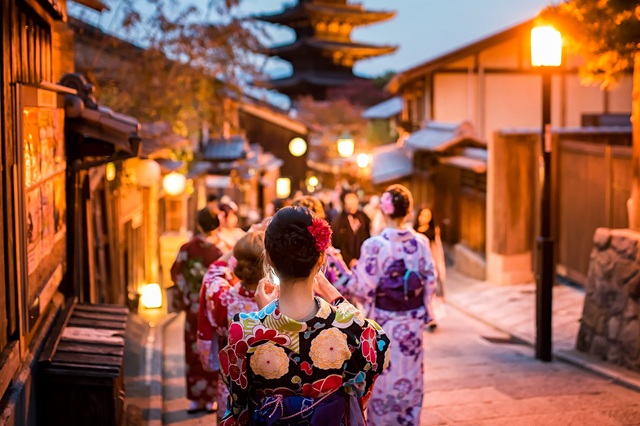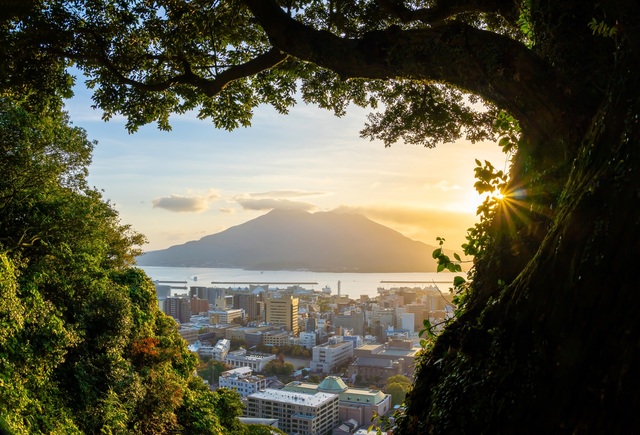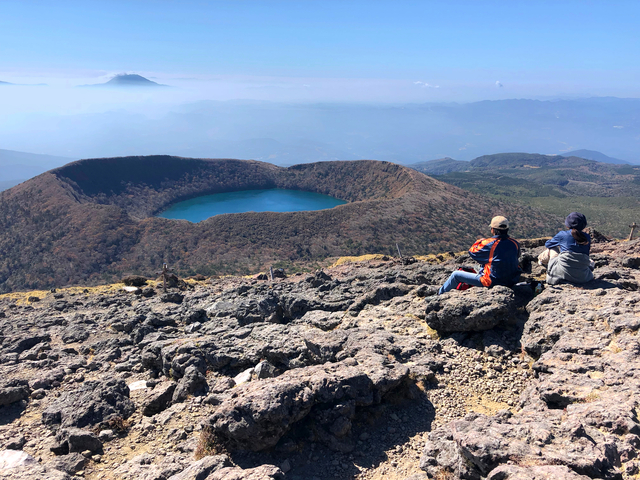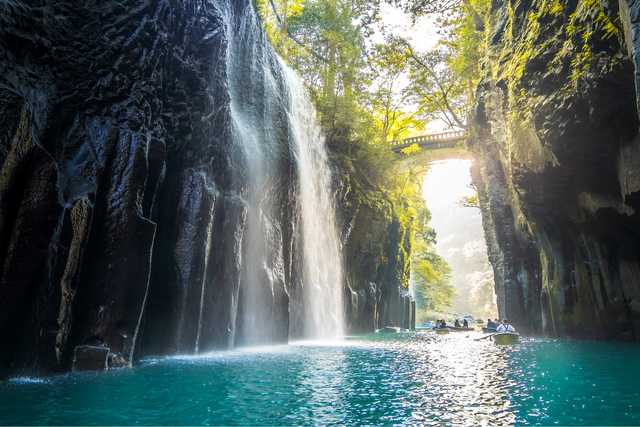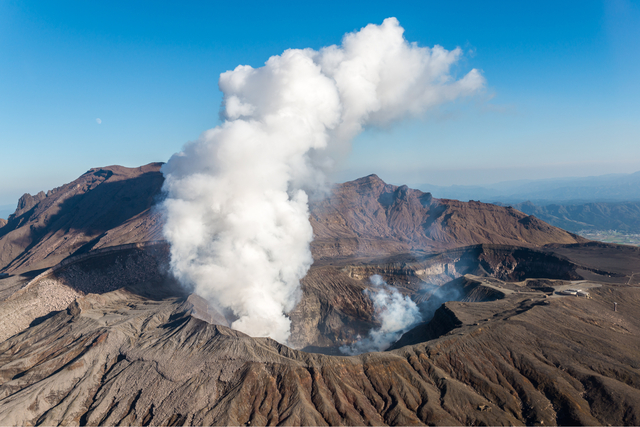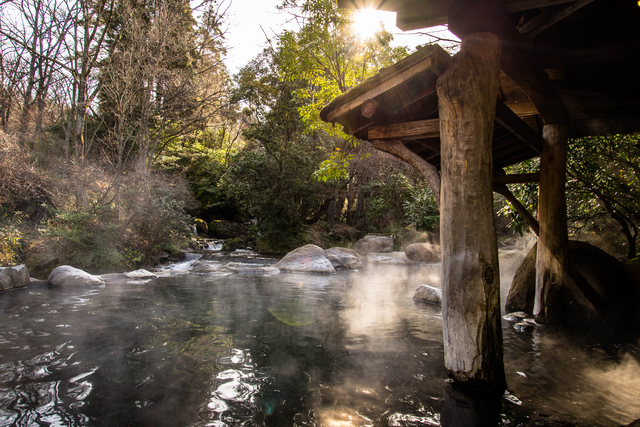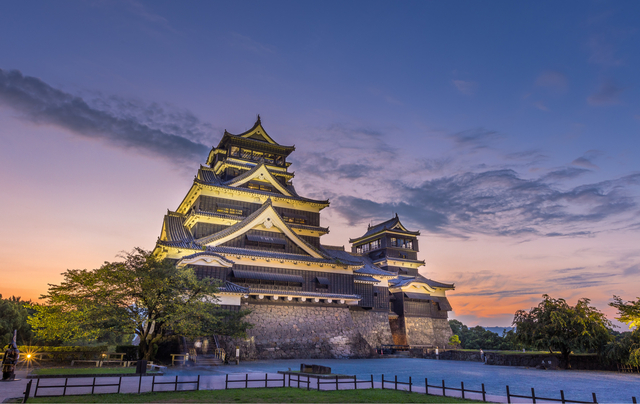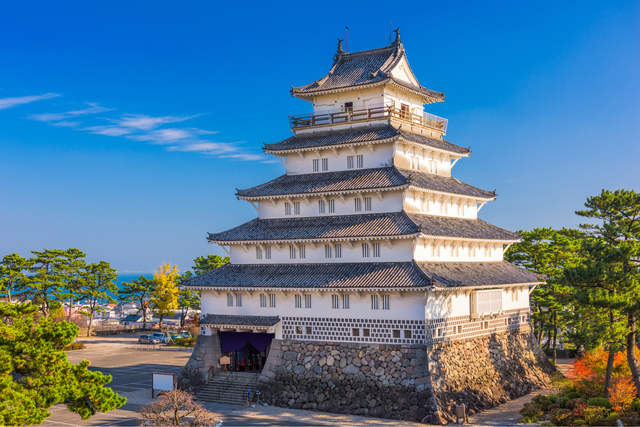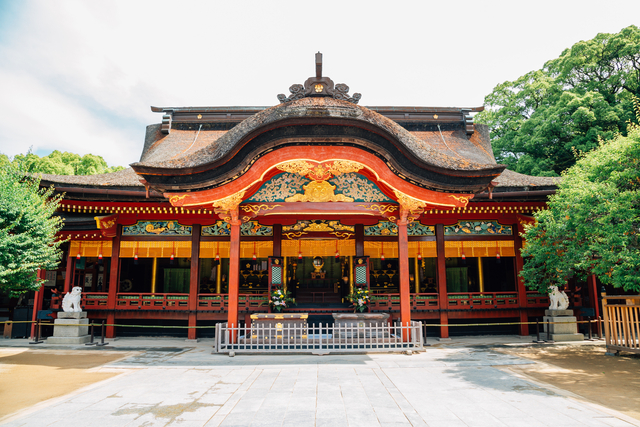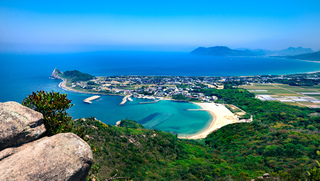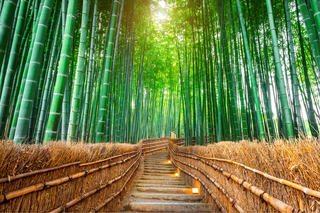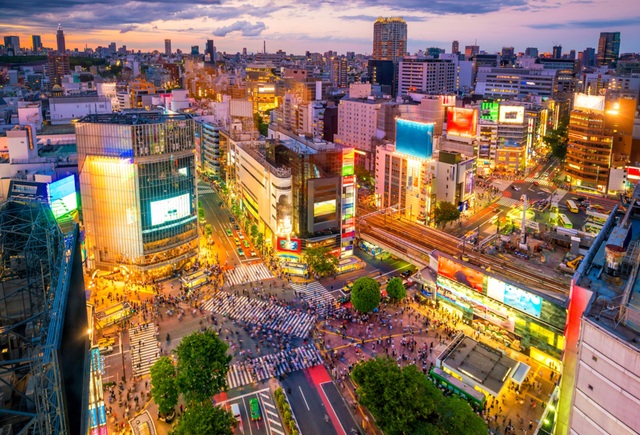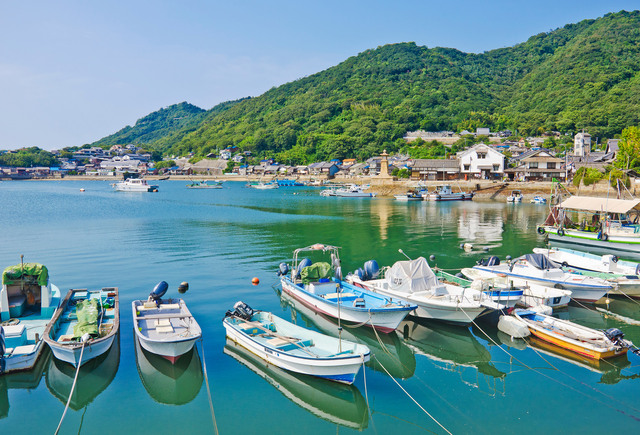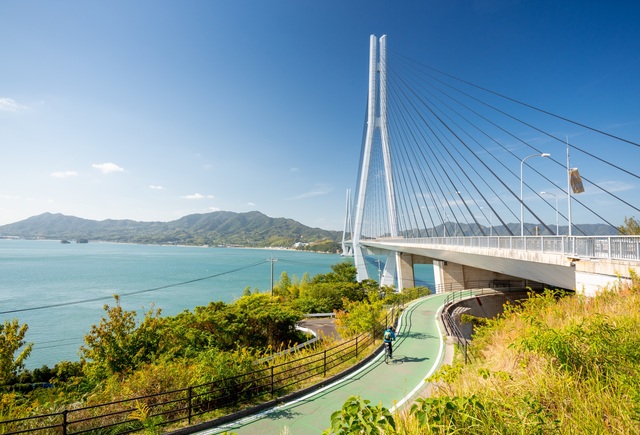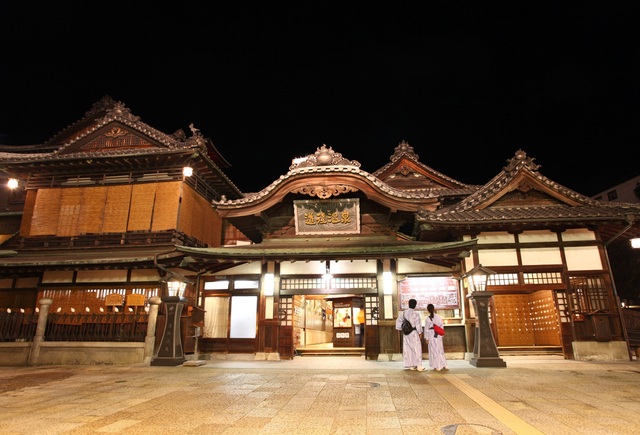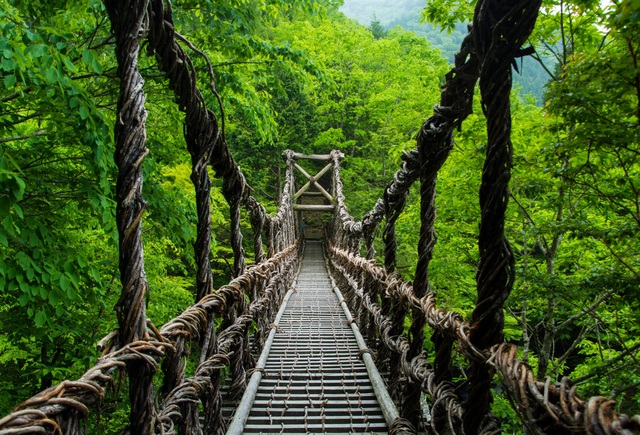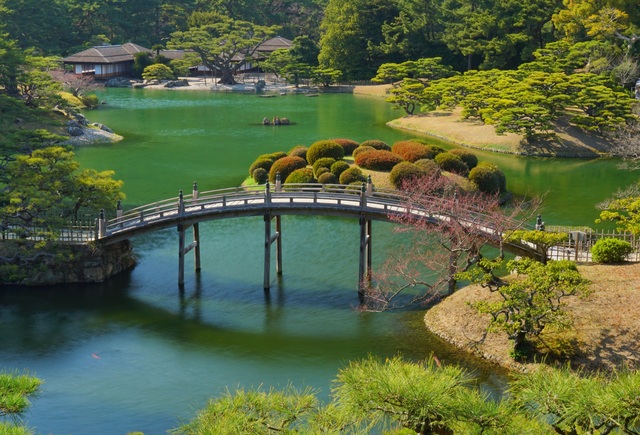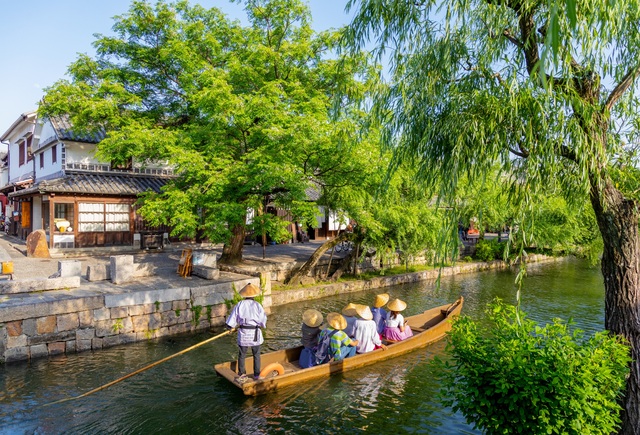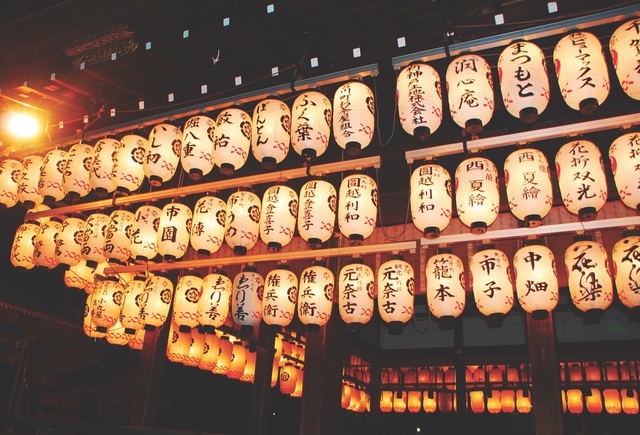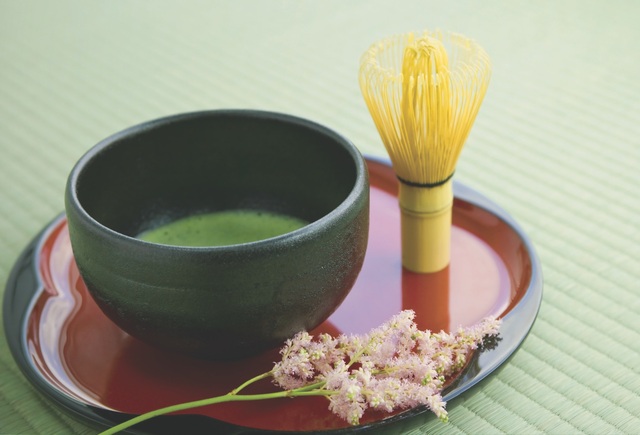Kyoto and Sanin Coast Self-drive
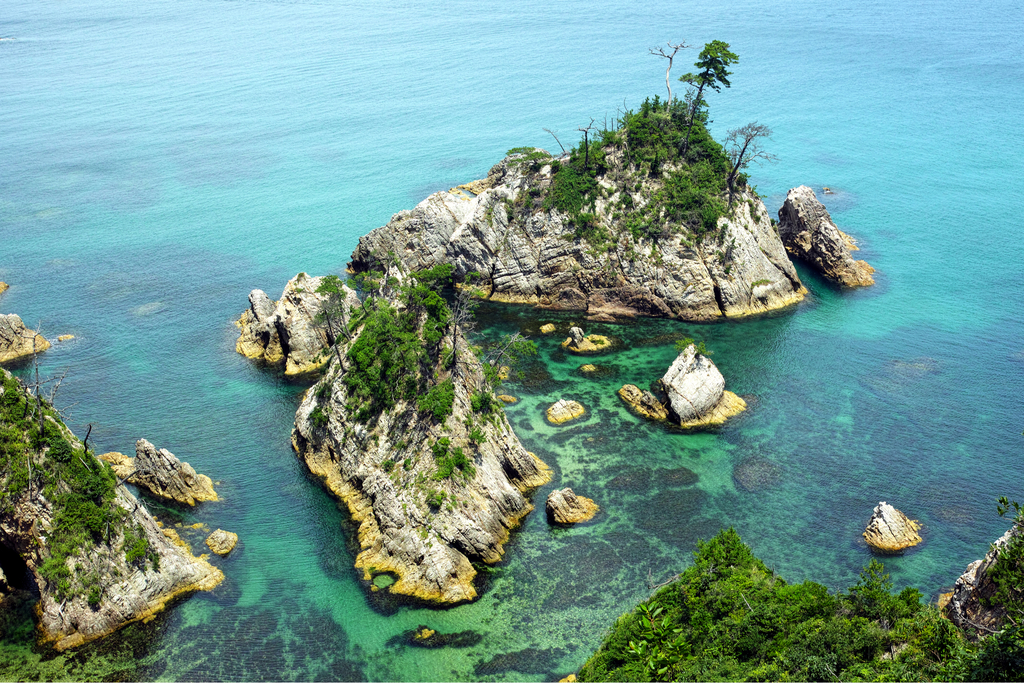
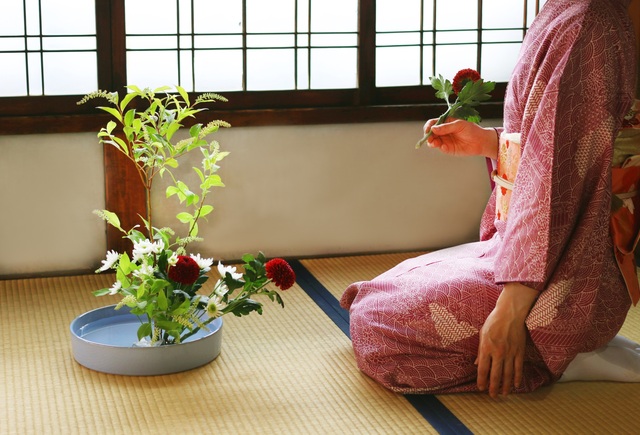


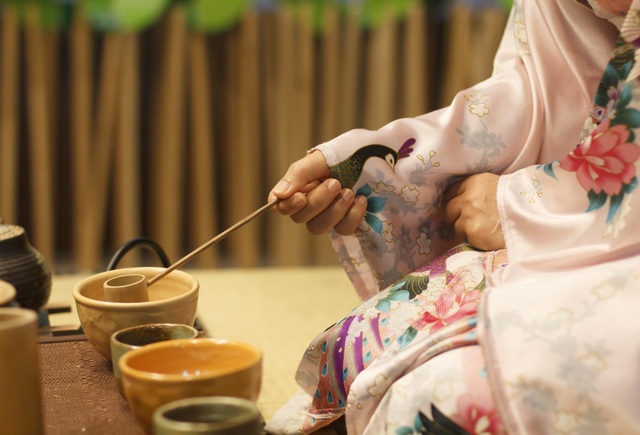
- Adventure
- Cuisine
- Nature
- Family
- Beach
Overview
Explore the beautiful Sanin Kaigan coastline of southwestern Japan on this extensive 15 day self-drive holiday.
You'll begin in the ancient capital of Kyoto and travel south along the coast. Along the way, you'll see vast lakes, towering mountains, stunning gorges, cliffs, and dense forests, historic temples, holy shrines, abandoned silver mines and ancient samurai dwellings.
You'll be staying in either a ryokan or minshuku style accommodation, complete with hot springs, refined cuisine, and elegant traditional Japanese style.
The Japanese road system is simple to navigate, and all cars have an English GPS, so you'll have no trouble finding your way around.
Suggested itinerary
You'll depart from Europe to Osaka on an overnight flight so try to get some sleep and be prepared for the adventure waiting ahead!
You'll arrive at Osaka Kansai International airport after clearing immigration and customs, then continue to your hotel in nearby Kyoto.
Once the capital of Japan from 794 to 1868, Kyoto is a city filled with traditional Japanese cultural delights and is a UNESCO-protected area due to its historical architecture. The city has over 1600 temples and 400 Shinto shrines, making Kyoto perfect for those looking to explore the more traditional sides of Japanese culture.
Kick off your first day in Kyoto with a visit to the impressive Nijo Castle, which was built in 1603 as the Kyoto residence of Tokugawa Ieyasu, the first shogun (military ruler) of the Edo Period (1603-1867).
Today let's take the opportunity to explore the more mountainous areas of Arashiyama and Sagano located northwest of the city. Start by taking the local train from Kyoto station on a 20-25 minute ride to Arashiyama station.
From there, you'll walk over the Togetsukyo bridge that crosses the Katsura river for an impressive view of the hills of Arashiyama. Depending on what season you are visiting, the hills are lined with blossoming cherry trees in the Springtime, while the Autumn season produces a stunning sea of red and yellow falling leaves.
You will then proceed to the atmospheric Sagano Bamboo Forest. Take your time strolling through the forest, admiring the views of central Kyoto. Before you leave, pay a visit to Tenryuji Temple with its century-old landscape gardens and Daikaku-ji temple, which boasts a 1200-year-old Osawa Pond.
If you have some extra time, head to the Takao region a little further to the north. There are even more breathtaking mountain landscapes to be discovered here. If you're travelling in spring and autumn, take the Kiyotaki river walk trail, which has a delightful array of seasonal colours.
Begin your second day in Kyoto with a visit to the eastern part of Kyoto known as Higashiyama (eastern hills).
Take a bus to the famous Ginkaku-ji (Silver Pavilion), home to one of Japan's most fascinating landscape gardens. Ginkaku-ji is also the starting point of the Philosopher's Path, a trail along a small stream lined with Japanese cherry trees leading you to Nanzen-ji temple.
Continuing further south, you'll reach Kiyomizu-dera, Kyoto's most iconic temple, with incredible panoramic views of Kyoto city. The streets leading up to the temple – Ninzenzaka and Sannenzaka hills - have numerous local shops where you can pick up souvenirs and sample delicious traditional snacks.
After, head south to Fushimi-Inari Shrine, instantly recognizable due to its countless number of red torii-gates, which all line up to create a fascinating view of seemingly never-ending long red tunnels. The Fushimi-Inari Shrine is a famous Kyoto landmark and a rewarding place to visit if you would like to get to the essence of true traditional Kyoto culture.
Today, you'll embark on a historic journey through Japan's ancient traditions and religions. Begin by travelling to the foot of Mt. Hiei, which is located on the border of Kyoto Prefecture and Shiga Prefecture, and from its summit, you can enjoy breathtaking views of Lake Biwa. You'll catch a cable car up the mountain and spend the day exploring the Enryaku-ji temple complex and its surroundings.
Enryaku-ji was founded around the late 700s. Many influential monks studied at Enryakuji, including the founders of later sects, such as the Pure Land (Jodo), Zen and Nichiren sects. You can easily spend the whole day wandering around, observing the monks perform Buddhist rituals and immerse yourself in the historical and religious atmosphere. Back in Kyoto, you'll round up the day by visiting the Heian Shrine, the largest and most well-known Shinto Shrine in central Kyoto.
Today you will embark on your self-drive journey! You'll pick up the car and drive north towards the coastline to Amanohashidate Sandbar, located an hour and a half out of Kyoto. Located in Miyazu Bay, this beautiful, three kilometre-long stretch of land covered with lush growth is a sight not to be missed.
The name Amanohashidate roughly translates to "bridge in heaven," and it is said that when viewed from the mountains at either end of the bay, the sandbar resembles a pathway connecting heaven and earth.
After your visit to Amanohashidate, we recommend a quick visit to Ine, a small fishing town in Ine Bay located a 23-kilometre drive away. The town is famous for its boathouses known as 'funaya,' located right on the shore. The best way to see the houses is to take a sightseeing boat and look at them from the water.
Today you will be spending the night in the spa town of Kinosaki Onsen, which is located an hour and a half from Ine on the north coast of the Sea of Japan. This delightful hot-spring town has many authentic shops, cafes, restaurants and bathhouses. You will be staying the night in a ryokan (Japanese inn) for an authentic Japanese experience; we recommend arriving early to enjoy a long bath before dinner.
After a delicious ryokan breakfast, it's off to the Uradome coast in Tottori prefecture, an hour from Kinosaki Onsen.
Uradome is a dramatic coastal landscape with cliffs, tunnels, and caves that run along a three-kilometre walking path by the coast. In warmer weather, water activities such as snorkelling or kayaking are a hit for those who can't wait to dip their feet in the crystal clear water.
Next, drive on to the Tottori dunes, Japan's largest sand dunes that span roughly 16 kilometres of coast along the Sea of Japan and are up to a staggering two kilometres wide and 50 metres high. For an excellent afternoon activity, located a short walk away from the dunes stands The Sand Museum, home to large sand sculptures by artists from around the world. You'll spend the night in Tottori town, only a short drive from the dunes.
Continuing your coastal tour today, you will be driving towards the cultural city of Matsue.
We highly recommend taking a detour on your way to Matsue to see the beautiful area around Mt. Daisen and the Daisen-daki waterfall, which are located an hour and a half from Tottori. Nestled deep in nature, it takes an approximately 45-minute walk from the car park to reach the 43-metre waterfall. Enjoy the hiking trail that winds through the dense forest, crossing a small suspension bridge that spans a spectacular mountain gorge.
While on your nature adventure, you can also stop at Kagikake-toge Pass, which offers a stunning view of Mount Daisen. After exploring Tottori's natural surroundings, you will drive an hour to your hotel, where you will stay the next two days and nights.
If you have time for more venturing, consider paying a visit to Lafcadio Hearn's former residence and museum. The museum is dedicated to Lafcadio Hearn, an Englishman who came to Japan as an English teacher in 1890. Hearn married a Japanese woman from an important Samurai family and eventually stayed in Japan his whole life, later becoming one of the earliest and most prolific writers to reveal Japan to the western world in his writings. He was one of the first westerners to adopt Japanese citizenship and was naturalised as Koizumi Yakumo, the name by which he's known in Japan today.
Today you will spend the entire day in the quaint town of Matsue, the capital of Shimane prefecture. Make your way to the exciting Adachi Museum of Art, southeast of Matsue. This must-see museum is famous for its spectacular Japanese garden, which can only be viewed from the museum building.
Spend the afternoon exploring Matsue's city centre, known for its most prized attraction, the impressive, black Matsue castle, one of Japan's oldest castles. While in the area, the samurai district is also worth a visit. Here you can see several well-preserved homes from the samurai era, including Matsue Buke Yashiki, which is open to the public.
Start the day by visiting Izumo Taisha, one of Japan's most ancient and important Shinto shrines located in Shimane prefecture. The route is particularly picturesque, along the idyllic Shinji Lake, only an hour drive away. According to legend, all eight million Gods of the Shinto religion meet at this shrine every October.
After, continue to the Iwami Ginzan silver mine approximately another hour (49 km) drive away. This historic silver mine is a UNESCO cultural treasure that was active for nearly 400 years, from its discovery in 1526 to its closure in 1923. Around the vicinity of the mine, you can explore shafts, ruins and various temples and shrines dedicated to the mine. Tonight you will spend the night in a ryokan in Yunotsu Onsen, a small seaside town known for the remedial, mineral-rich waters of its historic public bathhouses (30 minutes from Ginzan).
After breakfast, you'll drive to the small town of Tsuwano, a remote castle town deep in the mountains of Shimane Prefecture. Tsuwano is one of the best-preserved medieval cities in all of Japan. Here you can find your way among ancient samurai houses, shrines, temples and art museums.
The city is known for its traditional handicrafts. While you're there, we suggest trying out the art of making traditional washi paper. Also worth a visit is the Taikodani Inari Shrine and the Tsuwano Castle Ruins, which stand atop a mountain ridge, 200 metres above the town centre. The ruins can be reached with a chairlift and a 15-20 minute walk.
After a long day of exploring, make your way back to your ryokan for a good night's rest before your busy day tomorrow!
From Tsuwano, you will continue your journey by car into the most southern prefecture of the Honshu main island, Yamaguchi. On your scenic hour-long drive through Yamaguchi, you will reach Hagi, a well-preserved ancient samurai town located right on the shores of the Sea of Japan.
Historical treasures are hidden around every corner of this small town; however, the highlight is the old castle town. Walk down the ancient alleyways and see the well-preserved wooden houses where the samurai once lived.
Today is dedicated to the breathtaking Akiyoshidai National Park.
Akiyoshidai Plateau, located about 35 minutes by car from Hagi, is home to Japan's largest concentration of limestone formations. It is believed that the plateau was a coral reef about 300 million years ago and that today's limestone formations are due to the gradual dissolution caused by the rain. Here you can also find many hiking trails to enjoy!
While exploring Akiyoshidai National Park, we suggest a visit to Akiyoshido Cave, a giant 9km deep limestone cave. A small portion of the cave is open to the public, with plenty of light and space to have an adventurous trek. Once inside the cave, check out the impressive limestone formations, underground waterfalls and a cobalt blue stream that runs along the footpath.
Today, you will be driving a little over two hours to the last stop of your trip, Fukuoka.
Fukuoka is well known for its vibrant nightlife, contemporary attractions, shopping, and cuisine; This beloved city is ideal for concluding your adventures in Japan. Fukuoka is also famous for its delicious ramen (noodle soup). Before you leave, try a bowl of tonkotsu ramen with its flavourful pork-based broth.
Afterwards, take a night stroll through the sparkling entertainment district of Tenjin and check out the plentiful local izakaya (Japanese bar) restaurants on your last night.
Today you will be saying goodbye to a memorable trip exploring the wonders of the Sanin Kaigan Coast. Catch the metro or a taxi to the Fukuoka Itazuke International airport, where you will depart back home to Europe.
Accommodation
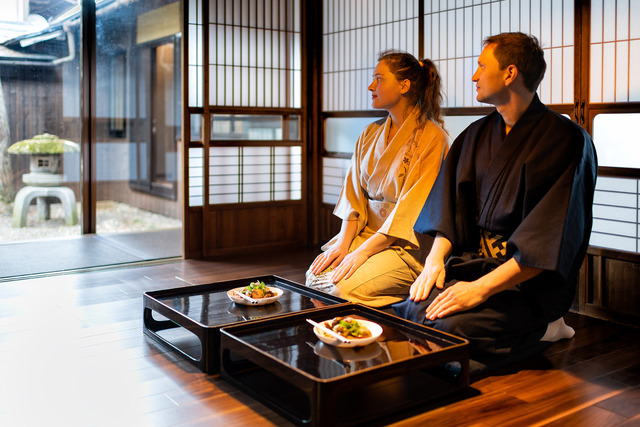 + 5 Photos
+ 5 Photos
A ryokan is a traditional Japanese inn that offers a unique cultural experience. Guests sleep on tatami mats, enjoy traditional meals and may have hot springs & gardens.
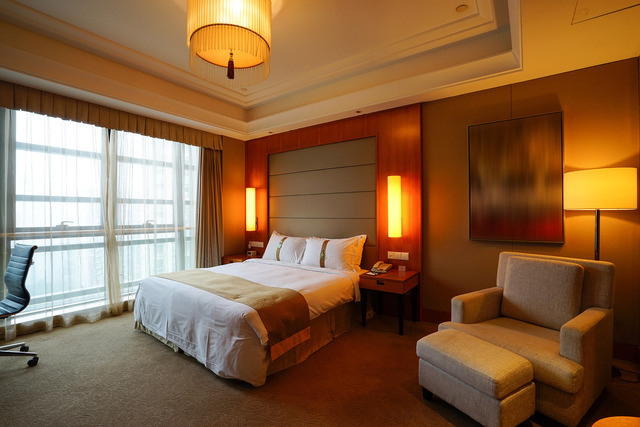 + 5 Photos
+ 5 Photos
Western-style hotels in Japan offer comfort and convenience with amenities like room service and fitness centres. Many are located in major cities and near popular destinations.
Important information
Important information
- Travel insurance is optional. Let us know if you’d like help adding it to your trip.
- The itinerary shown is an example. We’ll tailor the tour to fit your interests and travel style.
- Once you get in touch, we’ll finetune the details together to make sure the trip suits you perfectly.
What is included
- International return flight tickets
- Checked luggage
- Airport transfer to Kyoto
- 8 nights in western style accommodations
- 5 nights in Japanese-style Ryokan with onsen
- Breakfast and dinner (selected locations)
- 9-day car rental incl. free kilometer, insurance, and English GPS
What is not included
- Airport transfer in Fukuoka
- Local transport (buses, metro, taxis)
- Local city tax which needs to be paid on the spot
- Optional excursions and sightseeing tours
- Travel insurance


